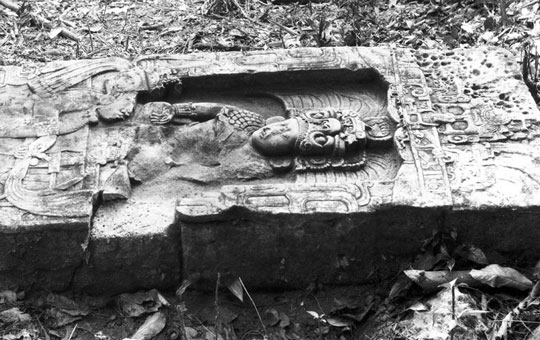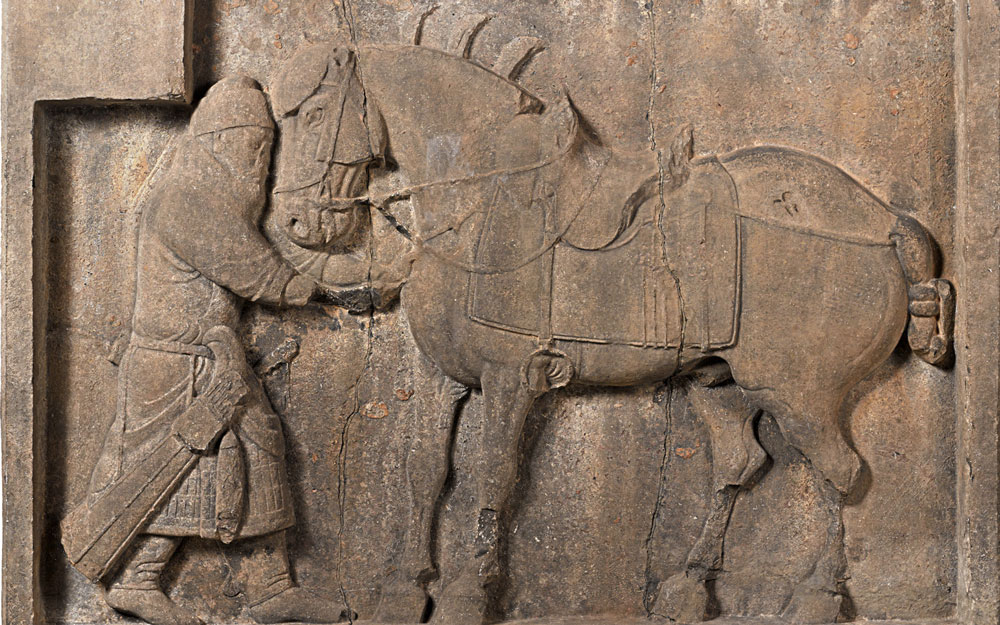Online Collections
Explore Penn Museum collections information, images, archival films, and more.
Notice for Collections Content
These records describe cultural and historical items that may be culturally sensitive. Some records may document human remains; others may contain names, images, or recordings of deceased individuals or include information or language that is outdated, offensive, or incorrect. These are based on past collecting practices and interpretations, which may not reflect current views and values of the Penn Museum.
We update records and images regularly and encourage and welcome members of descendant communities, scholars, and others to contact us with feedback, questions, or concerns.
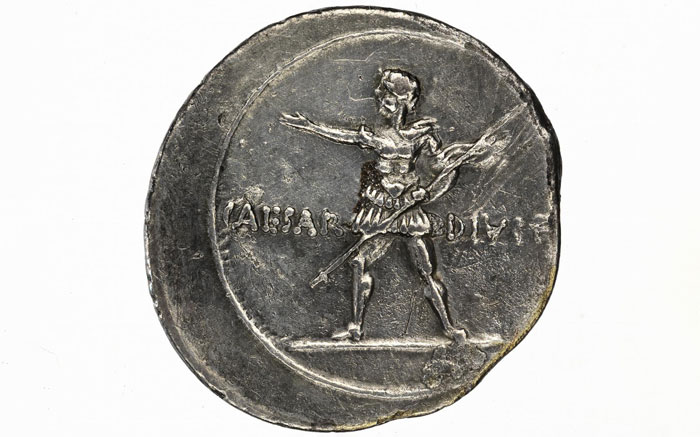
Great Revolutionaries
2021-2022 Lecture Series
Throughout history, there have been outstanding leaders and change-makers that have guided societies through times of great difficulty and triumph. Explore the stories behind a diverse mix of revolutionaries who brought dramatic change to their societies from ancient times to today.
Watch Series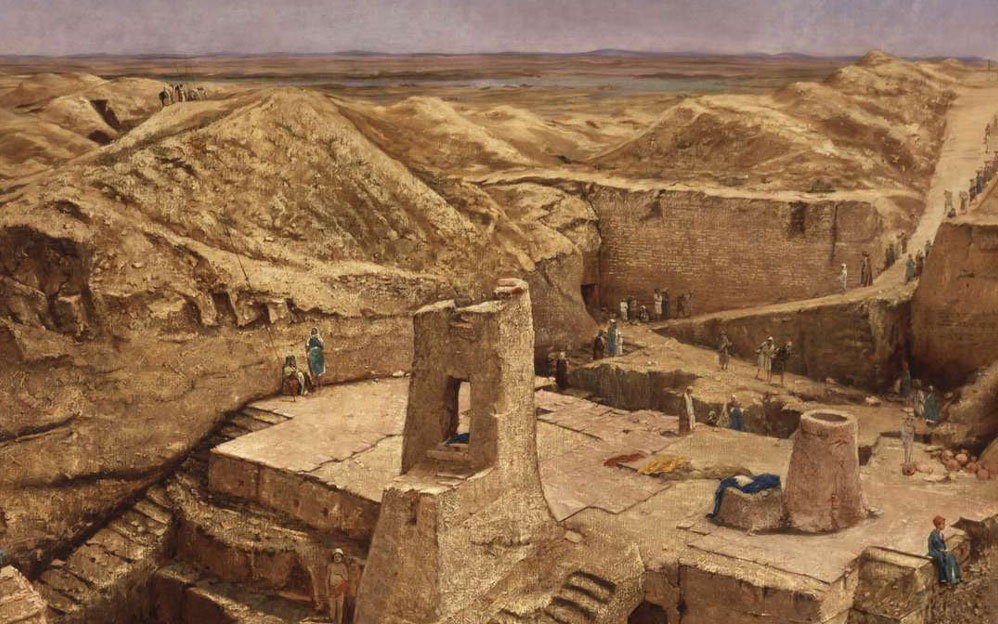
Nippur, Iraq
Located in the marshes of southern Mesopotamia, in modern-day Iraq, Nippur was one of the most sacred cities in the ancient Middle East. Between 1889 and 1900, the University of Pennsylvania was the first American institution to carry out archaeological excavations in this region. It revealed a multi-layer site with a long and complicated history, and, most significantly, a library of inscribed cuneiform tablets that have formed the basis of our understanding of the first literate society in the world, the Sumerians.
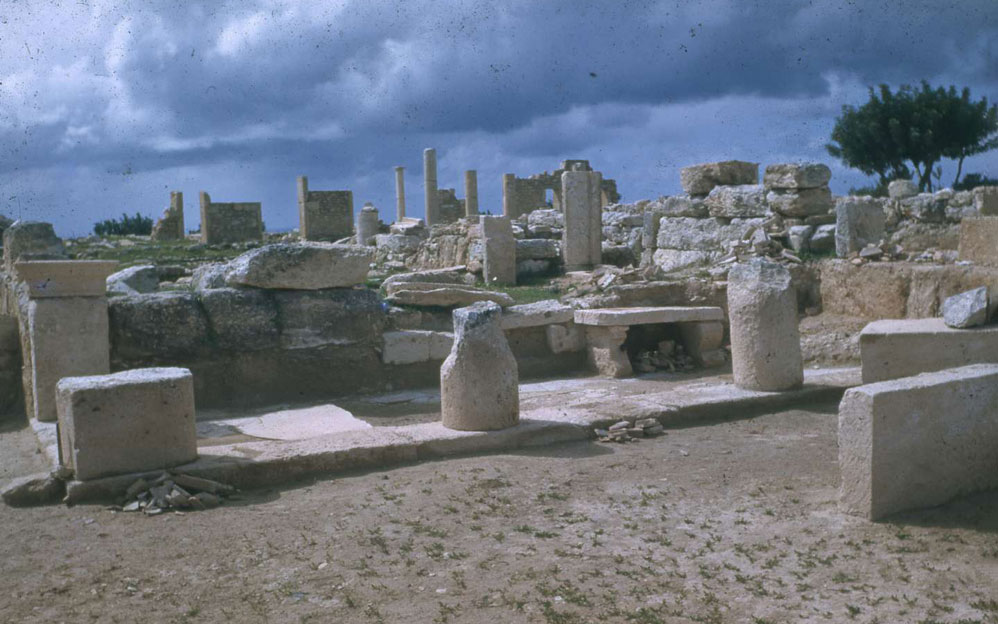
Kourion, Cyprus
The island of Cyprus is located in the eastern Mediterranean Sea to the south of Turkey and west of Syria, Lebanon, and Israel. During the 20th century, the Penn Museum excavated at a number of locations in Cyprus. The site of Kourion resulted in some 2,000 objects coming to the Museum as a result of a division of finds with the Cyprus Department of Antiquities.



